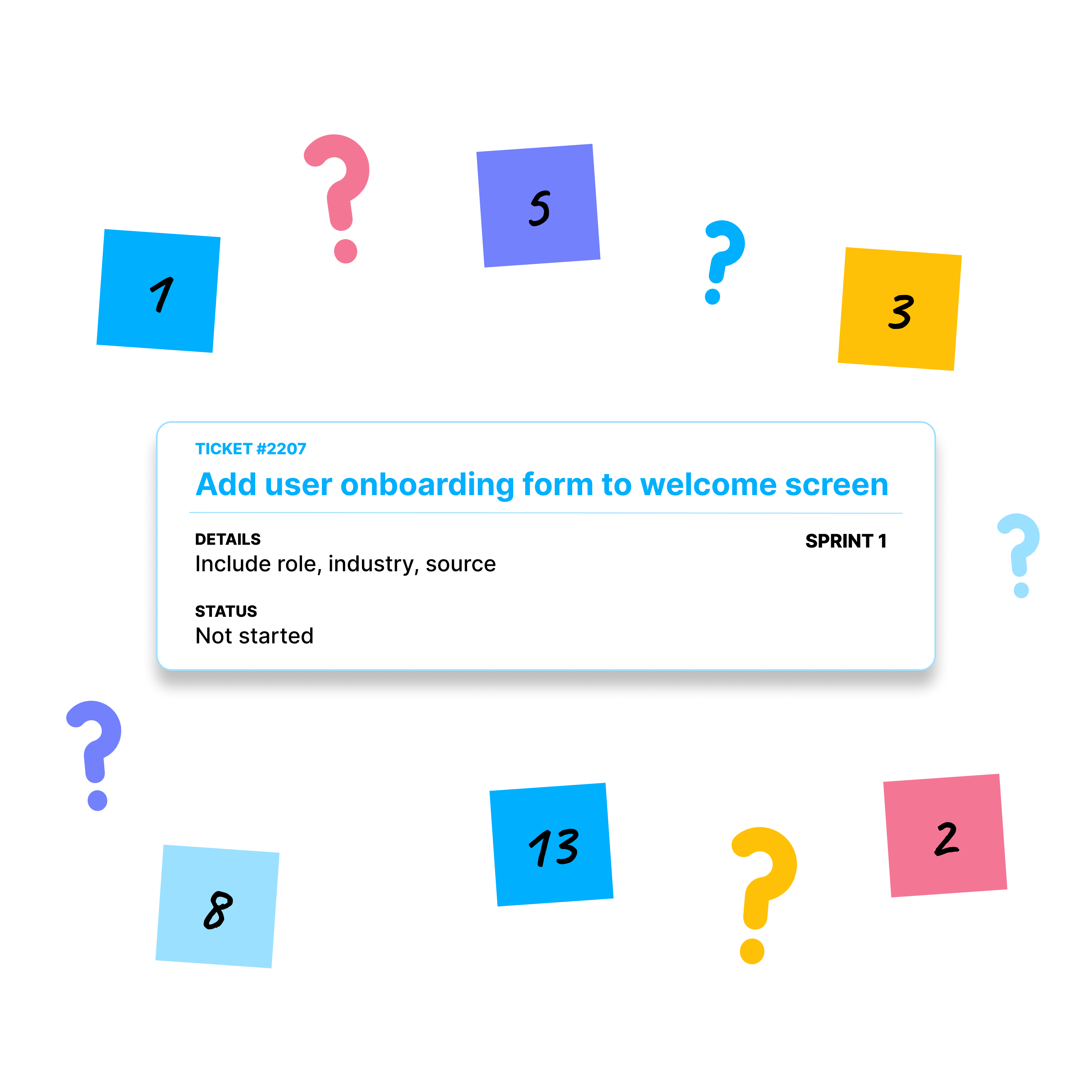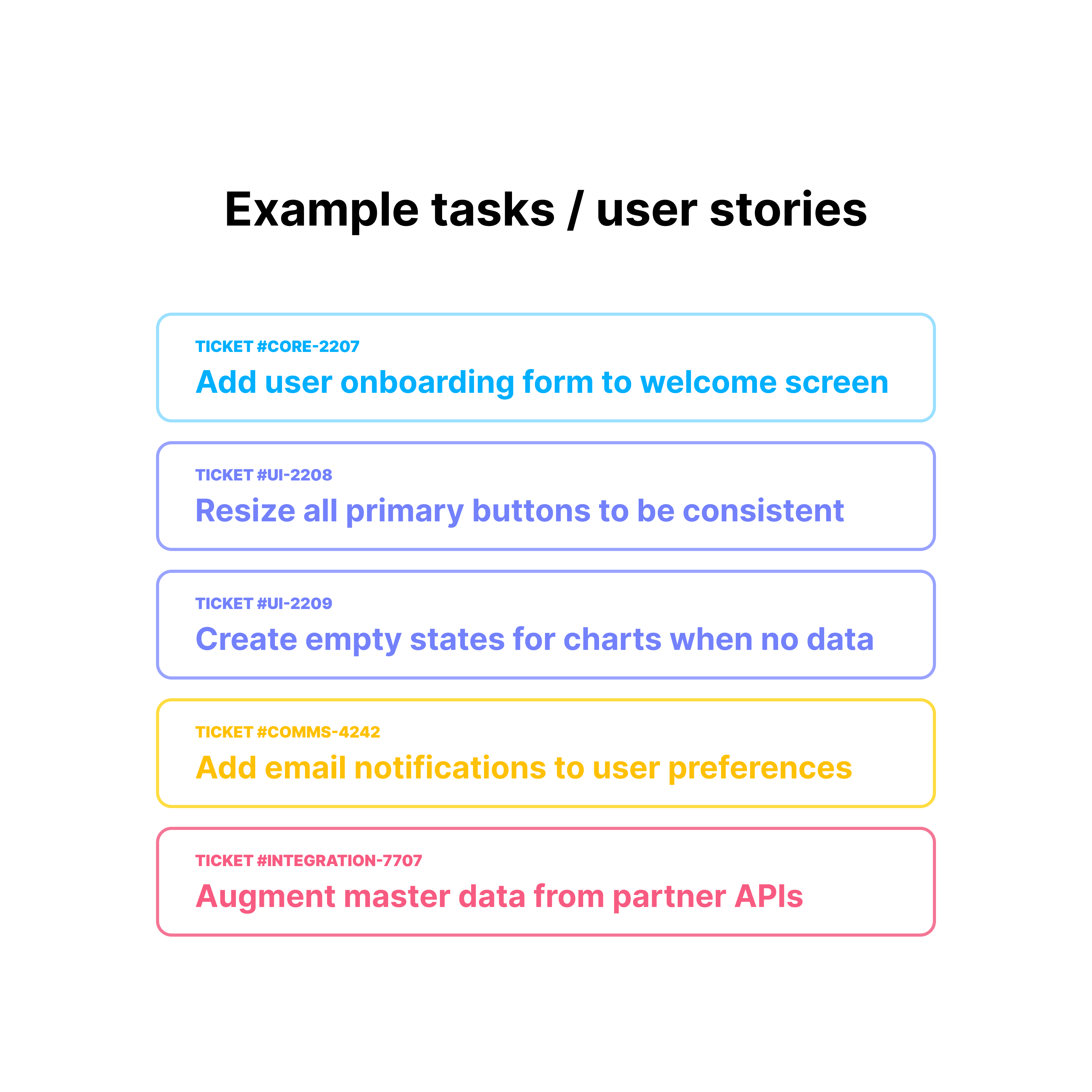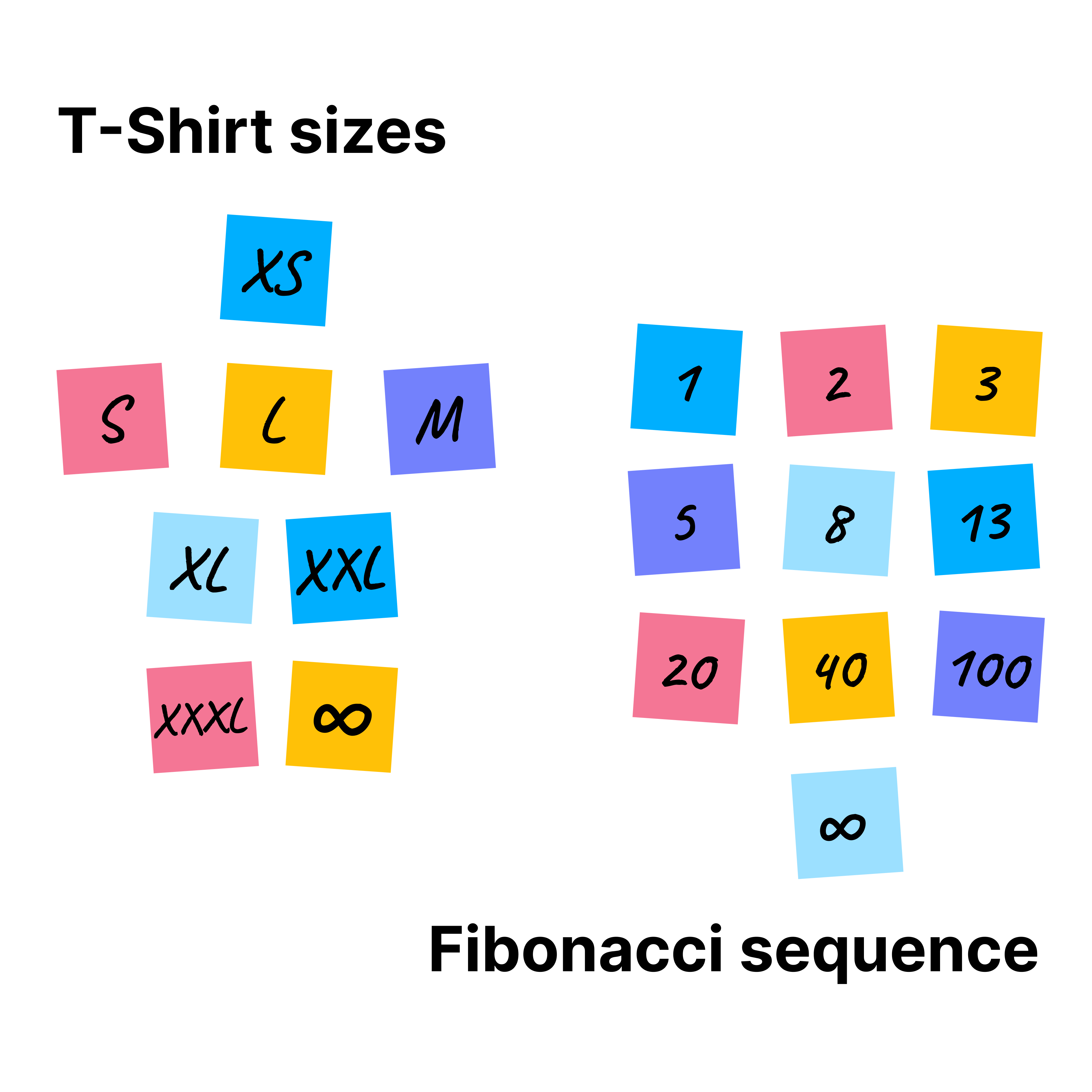How to Run Planning Poker Successfully
One crucial aspect of agile projects is accurate estimation. Planning Poker is a popular technique used to solve this problem through collaboratively estimating, debating, and aligning as a team.

One crucial aspect of agile projects is accurate estimation. It can be challenging to foresee all complexities and uncertainties which can lead to misaligned expectations and delays. Planning poker is a popular technique used to solve this problem through collaboratively estimating, debating, and aligning as a team.

What is Planning Poker?
Planning poker is a collaborative estimation technique to estimate the effort required for tasks or user stories in a project. The goal is to create a shared understanding among the team about the complexity and scope of the work ahead. It involves everyone discussing and assigning relative values to tasks using a deck of specialized cards.
Preparing for Planning Poker
Before conducting a planning poker session, you need to make some preparations:
1. Select the right participants: Ensure that the team members who will be working on the tasks are present. Having a diverse group of people with different perspectives and expertise can lead to more accurate estimates. This can include technical and business or product related roles.
2. Create a list of tasks / user stories: Prepare a list of tasks, user stories, or initiatives that need to be estimated during the session. Ensure that these are well-defined and small enough to be completed within one sprint (or work cycle).

2. Acquire planning poker cards: You'll need a deck of planning poker cards, which typically consist of a set of cards with sizes or numbers on them. T-Shirt sizes is based on clothing sizes that everyone can understand. And Fibonacci sequence sizing is based on numbers that more accurately describe uncertainty and complexity (1, 2, 3, 5, 8, 13, 20, 40, 100). In the world of hybrid and remote work, a digital tool is best to simplify planning poker and encourage participation. See the Interacts Planning Poker Template.

If you're new to different estimation techniques, learn more about T-Shirt sizes vs Fibonacci sequence here.
Running the Planning Poker Session
Now that you've prepared, let's walk through the steps to run a planning poker session:
1. Explain the rules: Start by explaining the rules of planning poker to the team. Make sure everyone understands the goal is to reach a consensus on the estimates, and that the estimates should be based on the relative complexity of the tasks, not the time required. Everyone should give their honest estimate for each task, unbiased by others, and have reasoning that informs the estimate.
2. Present each task / user story: Select one task from the list and present it to the team. Ensure that the team understands the requirements and scope of the task. Any questions or concerns from the team regarding scope should be clarified at this stage.
3. Individual estimation: In this phase, team members individually select a card that represents their estimate for the task's complexity. Participants should keep their cards hidden until everyone is ready.
4. Reveal estimates: At a signal, everyone reveals their chosen card simultaneously. This prevents bias and allows for honest input from the whole team.

5. Discuss outliers: If there are significant outliers in estimates, encourage team members to discuss their rationale. This discussion is crucial for aligning perspectives and achieving consensus.
5. Record the estimate: Once the team agrees on an estimate for the teask, document the final result. This estimate is used for sprint planning and tracking progress.
Here's an example planning poker session in Interacts. Your team can estimate sizes individually in private, then have the results revealed and discussed, until a consensus decision is made. You can also have your team estimate in their own time, then playback and discuss estimates in a session collaboratively - saving time, and streamlining team workflow.

Tips for a Successful Planning Poker Session
- Keep the sessions short and focused to maintain your team's energy and engagement.
- Avoid using absolute numbers or time-based estimates; stick to relative values.
- Encourage team members to explain their reasoning during discussions.
- Start with T-Shirt sizes for a new team but move to the Fibonacci sequence to emphasize the increasing uncertainty of larger tasks, and achieve more accurate estimates.
- Don't rush the estimation process; achieving consensus is more important than speed. And arguably, the discussion and alignment is more important that the outcome.
Planning poker is an effective agile estimation technique that fosters collaboration and shared understanding. By following the steps outlined and keeping best practices in mind, you can run successful planning poker sessions. Remember, the key to success is open communication and a willingness to adapt.



